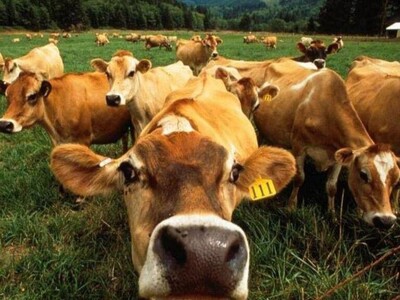GPS on big game
GPS collars allow biologists to monitor big game animals 24/7 and better understand what drives larger populations.Most big game animals have moved out of the high country and onto lower-elevation winter range as part of their semi-annual migration. Deer, elk and other big game animals descend by the dozens, hundreds or even thousands, and while this migration has been repeated for eons, it’s more complex and varied than one might assume, and biologists are constantly learning more about it.
Fish and Game crews have spent thousands of hours capturing adult and young deer, elk, pronghorn and other big game and fitting them with GPS tracking collars, which allows them to see what individual animals do and get a better sense of what is happening to the larger population. GPS collars are a critical tool that not only show an animal’s location, but whether it’s alive, and if it dies, a biologist can use the collar to find the animal and determine what likely killed it. That helps them better understand the driving forces behind big game populations and become better wildlife managers.















